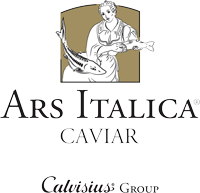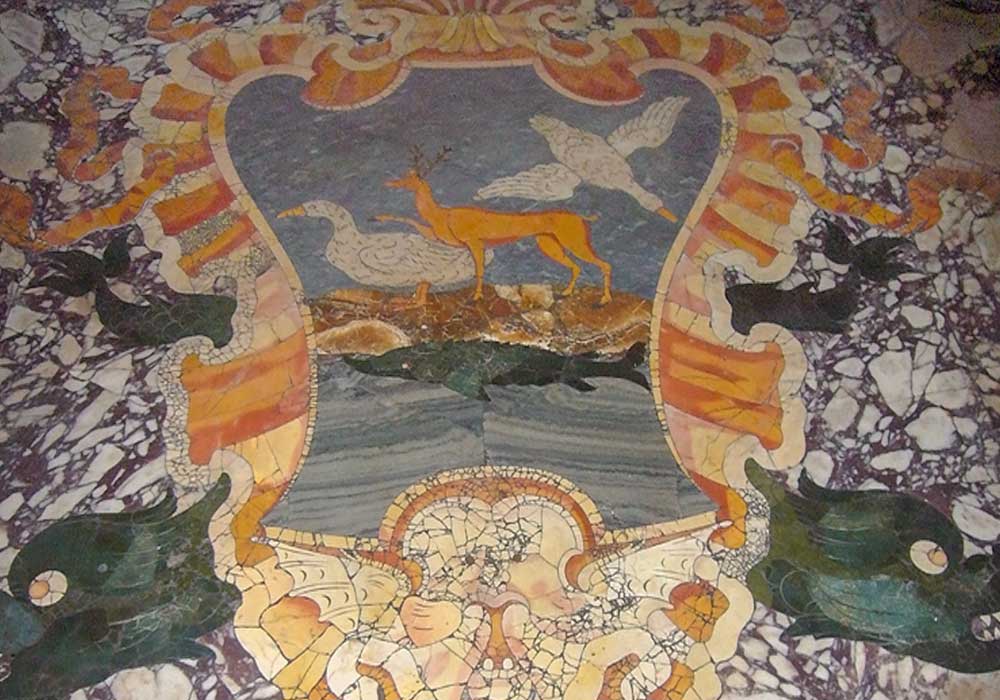The Italian tradition
Caviar is, in common perception, an exclusively product of Russian or Iranian origin: history, however, tells much more, because caviar is also an Italian story. “The eggs extracted from the sturgeon which, seasoned, they call caviar” (Ova Stirionis Conditum Quod Caviare Vocant): the phrase, dating back to 1471, is of the humanist Bartolomeo Sacchi called Platina.









